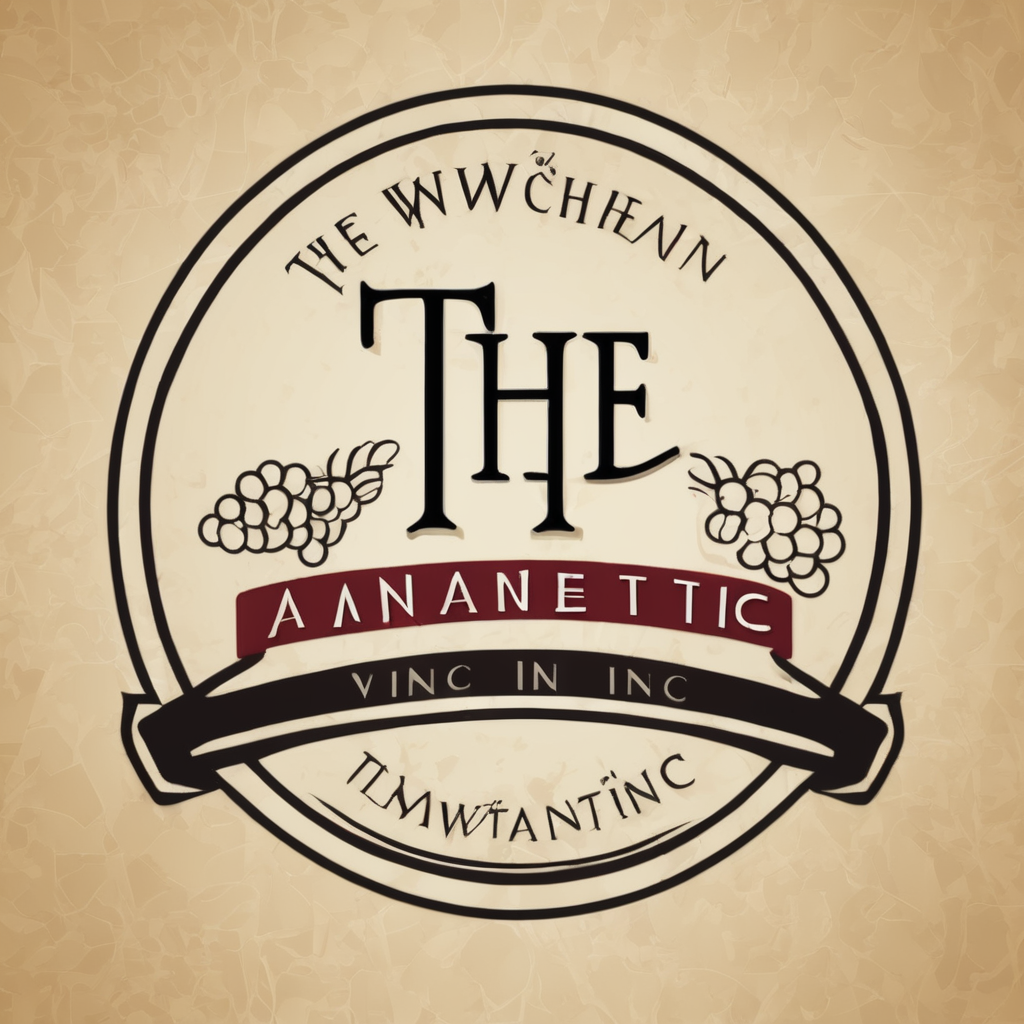Key Criteria for Selecting the Ideal Location for a Kitchen-Themed UK Bar
Choosing the right location selection is crucial when launching a kitchen-themed bar in the UK. The first and foremost factor is high foot traffic and visibility. Areas frequented by pedestrians, such as bustling high streets or near public transport hubs, naturally draw more customers and increase spontaneous visits. This visibility directly impacts brand recognition and customer acquisition.
Understanding the local demographics and customer profiles is equally essential. Researching the age, income levels, and lifestyle preferences of residents or workers near a prospective site helps tailor offerings and marketing strategies. For a kitchen-themed bar, a location with a mix of young professionals or food enthusiasts could maximize appeal.
Also to read : How do UK kitchen restaurant bars leverage social media for marketing?
Proximity to complementary businesses and attractions further enhances a bar’s potential. Being near popular restaurants, entertainment venues, or shopping areas creates synergy and encourages cross-traffic. This strategic clustering attracts patrons already in the mood to explore culinary or nightlife experiences, improving a kitchen-themed bar’s performance.
In short, selecting a UK bar location combines assessing the physical environment with understanding the target market and nearby opportunities. Attention to these site criteria ensures that business planning aligns with both customer behavior and local economic dynamics, setting the foundation for success.
Also to discover : Unlimited dimsum experience: Feast at Fei Er Cottage
Navigating UK-Specific Legal and Cultural Considerations
Understanding UK regulations for bars is fundamental when selecting a location for a kitchen-themed bar. Licensing requirements are strictly governed by local authorities and cover alcohol sales, food hygiene, and operating hours. For example, obtaining a premises license under the Licensing Act 2003 is mandatory before opening. This license specifies permitted activities, hours of operation, and capacity limits, impacting how the business planning unfolds.
Bar location laws UK also encompass zoning restrictions. Certain areas may be designated as residential or commercial, affecting where a kitchen-themed bar can legally operate. Knowledge of these zoning rules prevents costly legal challenges or forced relocations. Additionally, some local councils impose cumulative impact zones (CIZ) to limit new alcohol-serving venues in saturated areas, which must be carefully evaluated during site selection.
Adapting to cultural trends and consumer expectations within the chosen area boosts a bar’s appeal and long-term viability. For instance, in metropolitan zones, late-night activity is common, encouraging flexible licensing with extended hours. Conversely, suburban or historic districts might have more conservative nightlife norms and noise restrictions. Incorporating these cultural nuances into business planning enhances customer satisfaction and community relations.
Public transport access is another critical legal and practical factor. Locations near bus stops or train stations benefit from higher foot traffic and comply better with regulations encouraging safe, responsible drinking. Moreover, late-night regulations may include mandatory measures such as designated taxi ranks or security staffing, influencing operational costs and staffing plans.
By integrating an understanding of UK regulations for bars, zoning laws, cultural dynamics, and transport infrastructure, entrepreneurs can ensure that the selected location aligns with compliance requirements and market demand. This comprehensive approach to location selection helps mitigate risks and positions a kitchen-themed bar for regulatory and commercial success.
Lessons from Successful Kitchen-Themed UK Bars
Examining examples of kitchen-themed bars UK reveals how strategic location selection critically influences success. Many thriving bars are situated in areas that combine high foot traffic, strong community identity, and culinary culture. For instance, bars in vibrant urban districts benefit from diverse demographics and constant pedestrian flow, maximizing visibility and customer access. This underscores the importance of aligning business planning with the chosen site’s inherent advantages.
Successful locations often feature proximity to complementary venues like gourmet restaurants, craft markets, or live entertainment spots. This proximity creates a synergistic effect where patrons naturally transition between establishments, boosting overall business. Understanding these site criteria and consistently applying them has helped these bars establish loyal customer bases and strong brand recognition within competitive UK bar location landscapes.
Conversely, business case studies highlight that bars in poorly researched or oversaturated areas struggle despite quality offerings. Failure to account for local demand, restrictive bar location laws UK, or demographic mismatches results in diminished footfall and operational challenges. These lessons emphasize the need for rigorous location selection research and adaptive business planning to maximize a kitchen-themed bar’s potential.
In summary, successful kitchen-themed bars combine intelligent site choices, cultural awareness, and market alignment. By learning from these examples, new ventures can avoid common pitfalls and craft strategies that capitalize on the unique strengths of their selected UK bar location.
Practical Tips for Researching and Choosing Locations
Choosing the right UK bar location requires thorough and strategic research beyond surface impressions. Effective researching bar locations begins with gathering detailed market data and local insights. Understanding foot traffic patterns, demographic trends, and spending habits within target neighborhoods helps pinpoint areas with genuine demand for a kitchen-themed bar. Utilizing local government statistics, industry reports, and on-the-ground observations will produce a clearer picture of potential customer flows and preferences.
When assessing competition and potential demand, it is essential to analyze nearby bars and eateries. Identifying gaps in the market—for example, neighborhoods underrepresented in culinary variety—opens opportunities to differentiate your bar concept. Detailed competitor profiling, including their pricing, offerings, and customer base, informs smarter business planning and more effective location selection. High competition areas may offer benefits such as proven foot traffic but also require a distinctive edge to thrive.
Engaging with experienced commercial property agents significantly streamlines the site selection process. Agents specializing in the UK hospitality sector provide access to listings tailored to bar operators, understand zoning and licensing nuances, and can negotiate favorable lease terms. Collaborating with experts also helps in navigating legal constraints and contractual details, reducing risks in location selection. Combining professional support with diligent market research ultimately equips entrepreneurs to secure prime spaces aligned with their kitchen-themed bar’s goals and target clientele.



